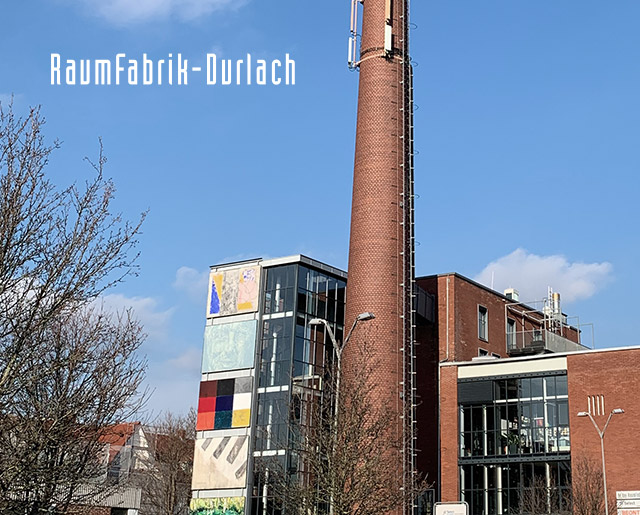REACT
React is a JavaScript framework or library for the development of user interfaces, especially for single-page applications. It is characterized by its declarative and component-based nature, which facilitates the development of user-friendly and maintainable UIs.
In contrast to complete front-end frameworks (such as Angular), which bundle everything together, React is a lean open source library and follows a modular approach by selecting and integrating additional libraries.

The main features of React:
Components
Components are an important part of the UI and are used to create it. Two types of components are used in React development:
- Class-based components
- Functional components
The components represent a part of the user interface and can be developed, tested and maintained independently of other components.
Virtual DOM
React uses a virtual DOM (Document Object Model) to improve the updating of the user interface.
Instead of manipulating the actual DOM directly, React creates a virtual representation of the DOM and only updates the parts that have changed. This minimizes the number of actual DOM manipulations and achieves greater efficiency.
Lifecycle methods
React components have various lifecycle methods that allow developers to write code that is executed when a component is created, updated or destroyed. This makes it possible to execute certain actions at certain points in the lifecycle of a component.
State management
React components can have an internal state that can change over time. Changing the state triggers an update of the user interface.
React in project use
React is often used in conjunction with other libraries and tools such as React Router for navigation, Redux for state management and Webpack for bundling resources. Overall, React offers a powerful way to create interactive and scalable user interfaces for modern web applications.
SUCCESS STORIES
Other customers from the React sector






